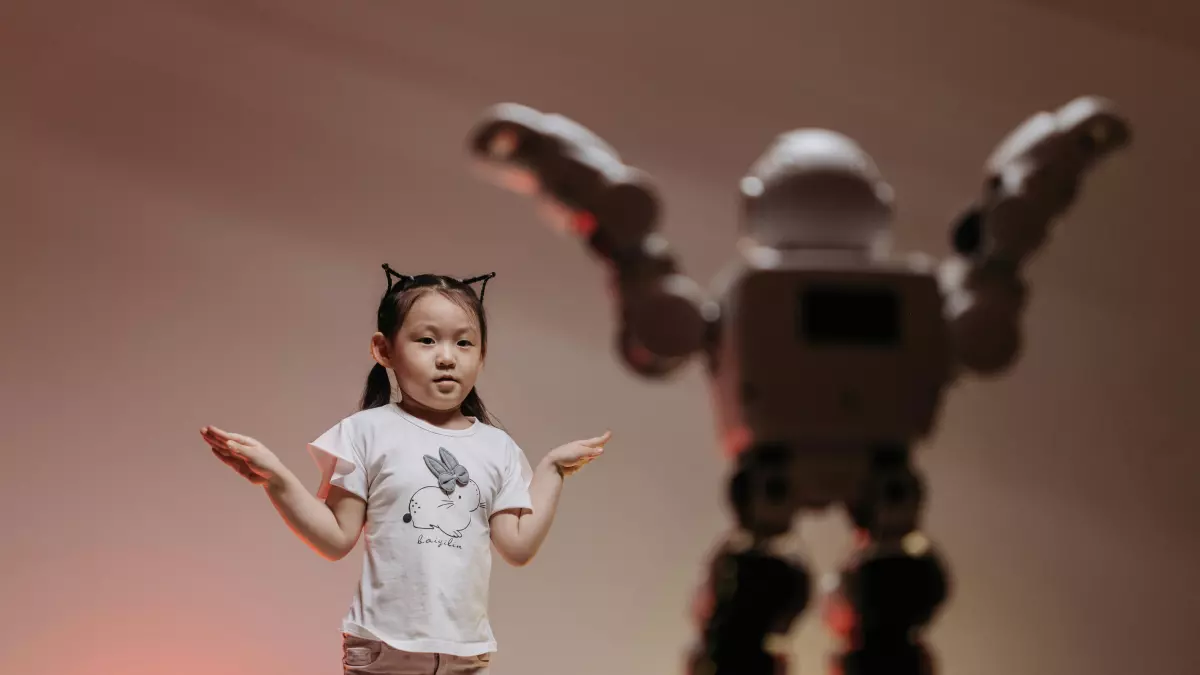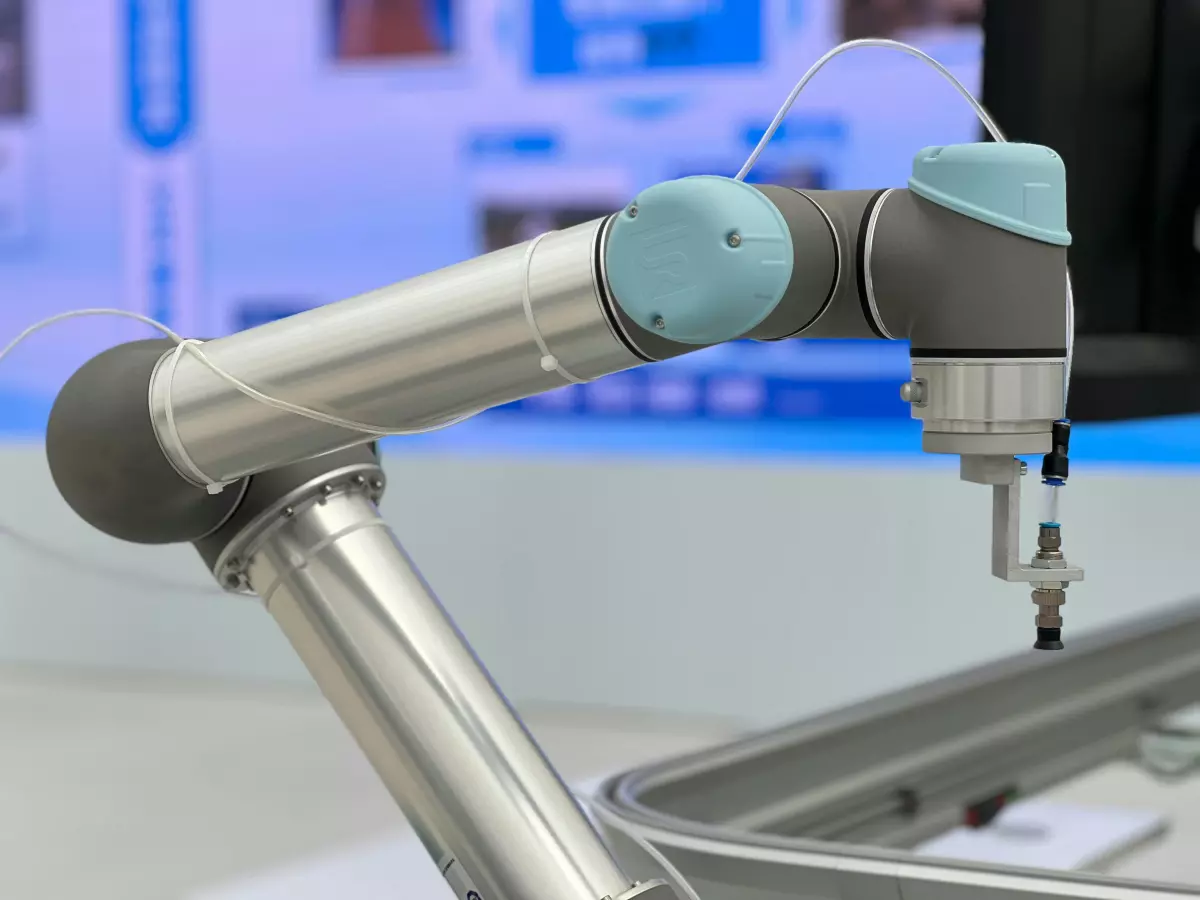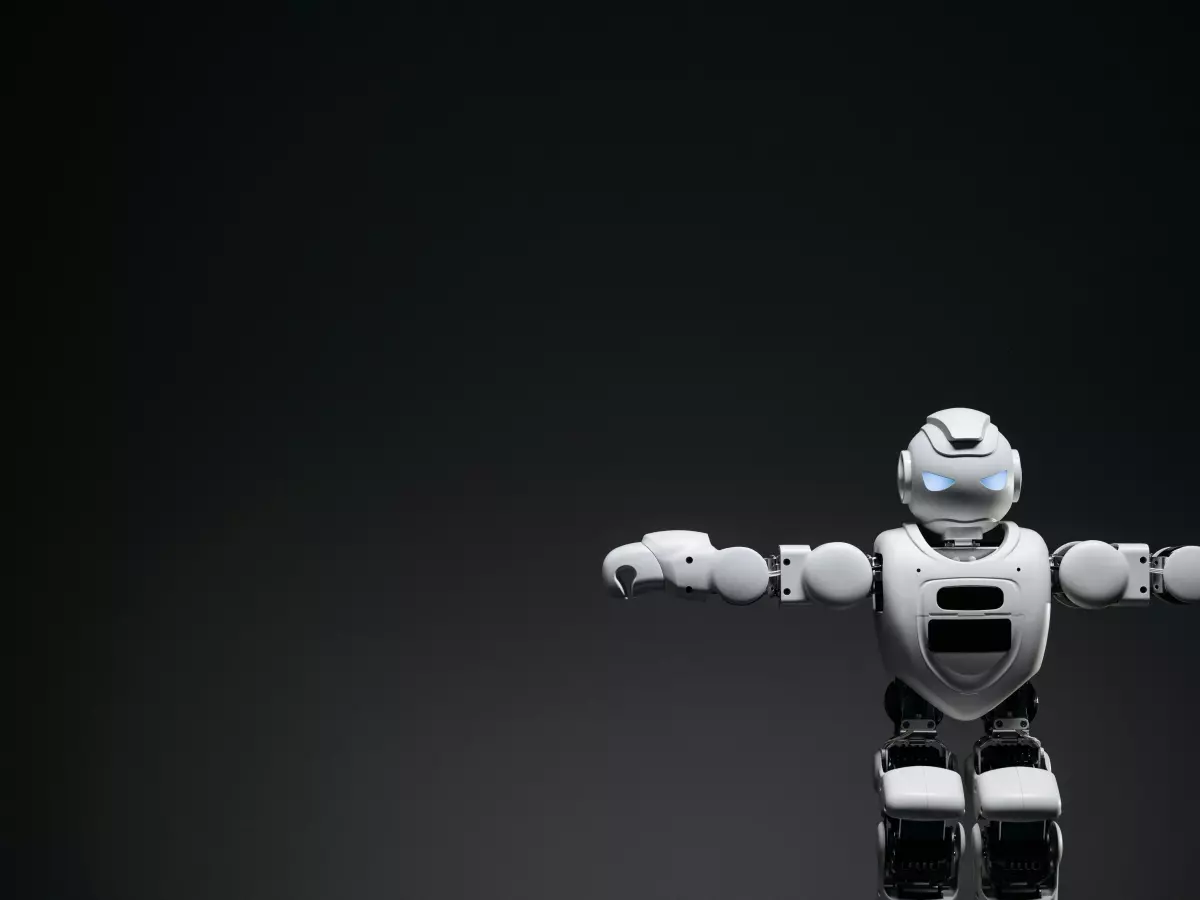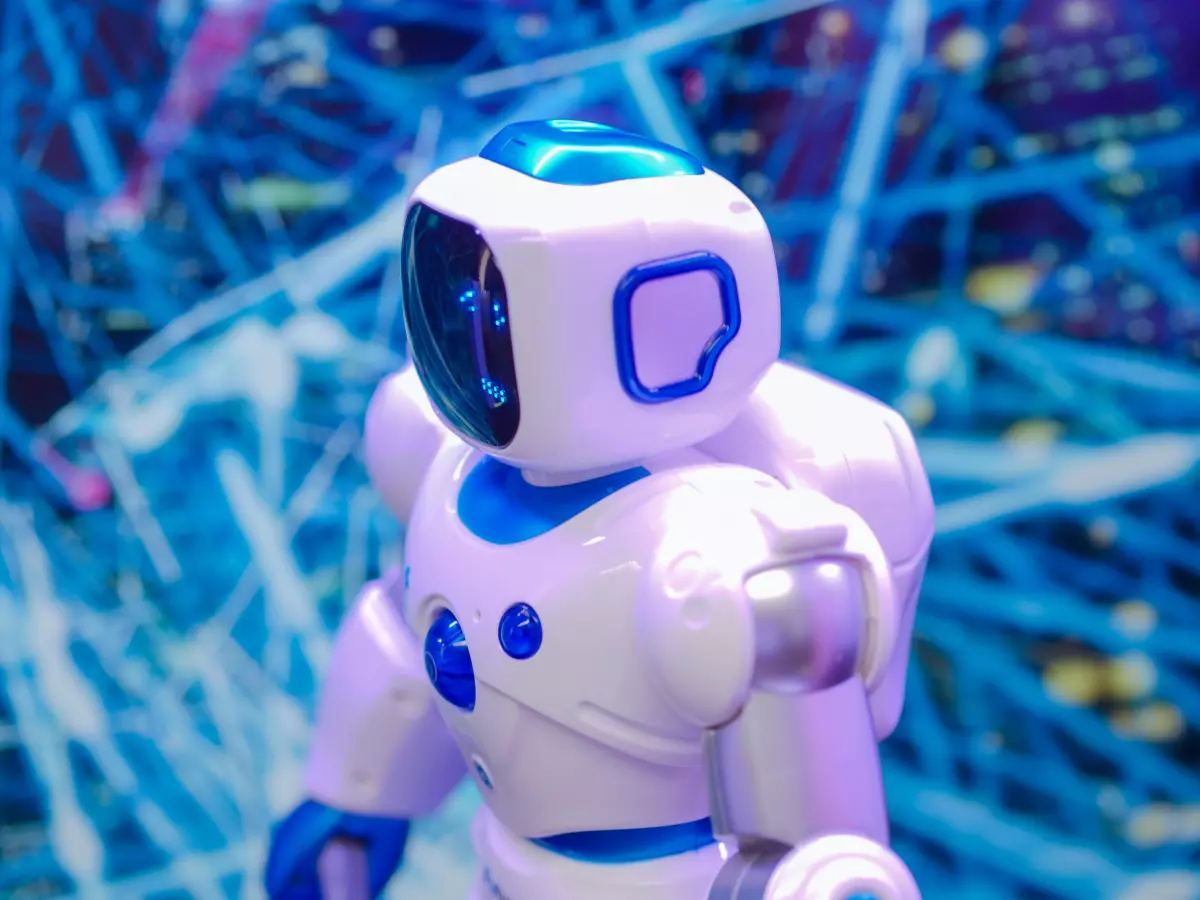Mastering Motion
“The measure of intelligence is the ability to change.” — Albert Einstein. And boy, do humanoid robots know how to change—especially when it comes to mastering complex motion.

By Marcus Liu
Einstein’s quote hits home when you think about humanoid robots. These machines are evolving at an insane pace, constantly adapting to new environments, tasks, and challenges. But what’s the secret sauce that allows them to move in such a human-like way? Spoiler alert: It’s not just about slapping on a pair of legs and calling it a day.
Humanoid robots are a cocktail of cutting-edge tech, combining advanced motion control algorithms, sensor integration, and some serious engineering wizardry. But how exactly do they pull off these complex movements? Let’s break it down.
Algorithms: The Brain Behind the Brawn
First things first—motion control algorithms. These are the brains behind every step, twist, and turn a humanoid robot makes. Think of them as the robot’s nervous system, constantly calculating and recalculating how to move in real-time. Without these algorithms, your robot would be about as graceful as a toddler on roller skates.
These algorithms are designed to handle everything from basic walking to more complex tasks like climbing stairs or picking up objects. They take into account the robot’s current position, speed, and even the forces acting on it (like gravity or friction). The goal? To make the robot move as smoothly and efficiently as possible.
But here’s the kicker—these algorithms are constantly learning. Thanks to machine learning and AI, humanoid robots can improve their movements over time. They analyze their own performance, tweak their algorithms, and get better at tasks the more they practice. It’s like having a personal trainer, but for robots.
Sensors: The Eyes and Ears of the Robot
Okay, so we’ve got the brain (algorithms), but what about the senses? That’s where sensors come in. Humanoid robots are packed with sensors that help them understand their environment. These sensors provide real-time data about everything from the robot’s position to the objects around it.
For example, gyroscopes and accelerometers help the robot maintain balance, while cameras and LiDAR sensors allow it to “see” its surroundings. Some robots even have tactile sensors in their hands, giving them a sense of “touch” so they can handle delicate objects without crushing them.
All this sensory data is fed back into the motion control algorithms, allowing the robot to adjust its movements on the fly. It’s like having a sixth sense—only better, because it’s powered by cold, hard data.
Coordination: The Art of Moving Like a Human
Now, here’s where things get really interesting. It’s one thing to have great algorithms and top-notch sensors, but how do you make all these parts work together? The answer: coordination.
Humanoid robots need to coordinate multiple systems—legs, arms, sensors, and algorithms—to move in a way that looks and feels human. This is no small feat. Imagine trying to walk while juggling, and you’ll get an idea of the complexity involved.
One of the biggest challenges is synchronizing the robot’s movements with its sensory input. For example, if the robot’s sensors detect an obstacle, its motion control algorithms need to adjust its walking pattern in real-time to avoid a collision. And it has to do all this without tripping over its own feet.
But here’s the cool part: thanks to advances in AI and machine learning, humanoid robots are getting better at this coordination every day. They’re learning to move more fluidly, react faster to changes in their environment, and even anticipate obstacles before they encounter them.
The Future: What’s Next for Humanoid Robots?
So, where do we go from here? As AI and sensor technology continue to improve, we can expect humanoid robots to become even more capable. Future robots may be able to perform tasks that are currently out of reach, like running, jumping, or even dancing (hey, it could happen).
But perhaps the most exciting development is the potential for humanoid robots to learn from humans. Imagine a robot that can watch you perform a task and then replicate it perfectly. We’re not quite there yet, but we’re getting closer every day.
In the end, the real magic of humanoid robots lies in their ability to adapt. Just like Einstein said, intelligence is all about change—and these robots are changing the game.





